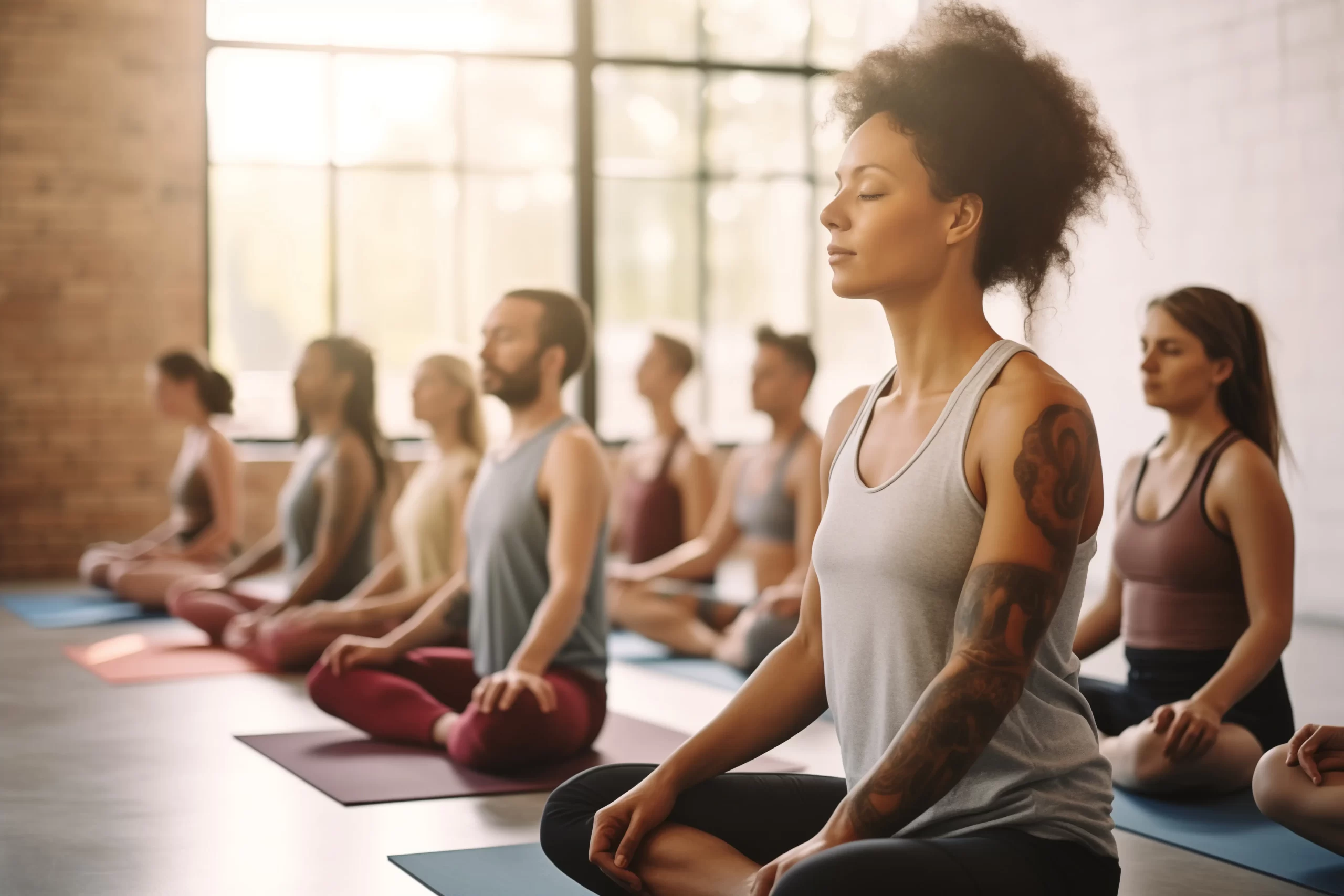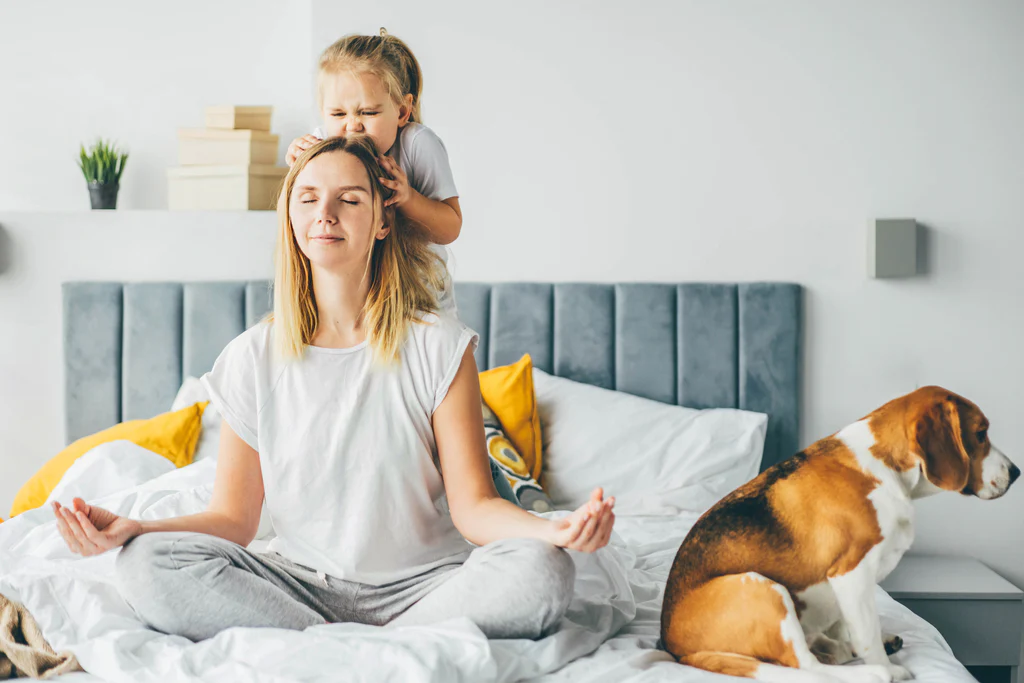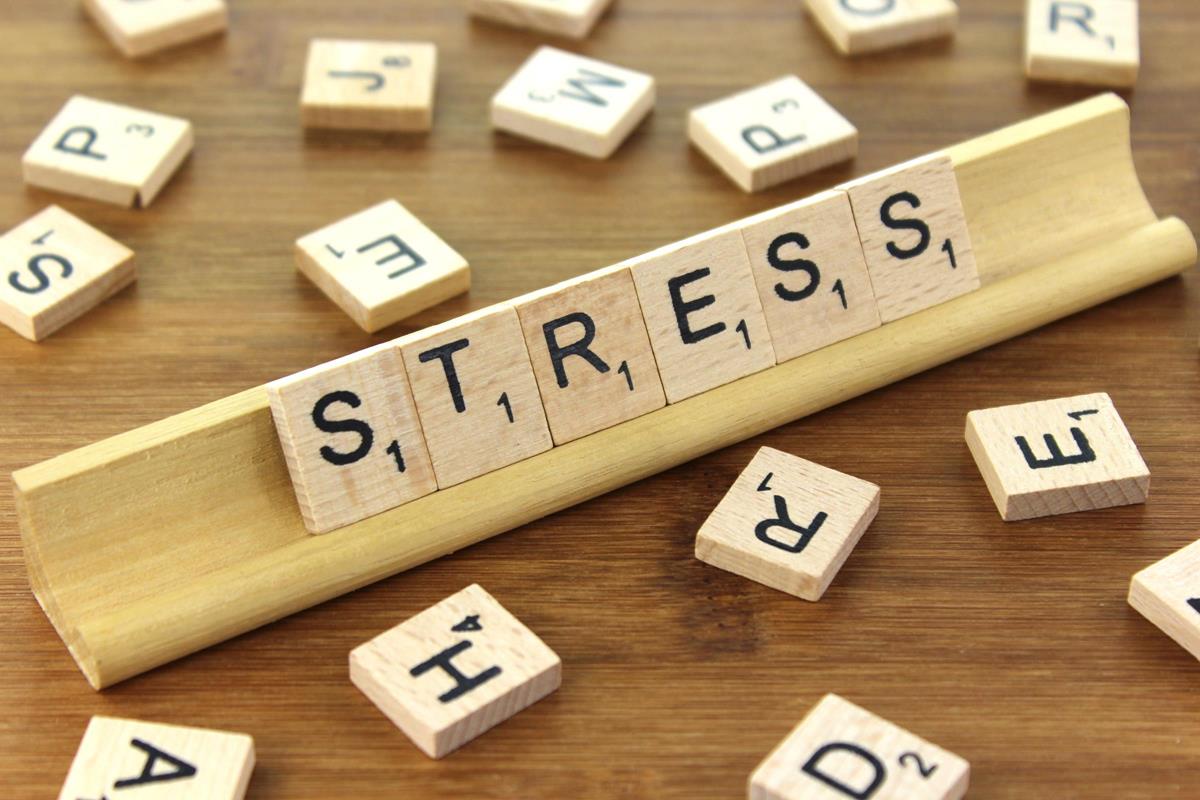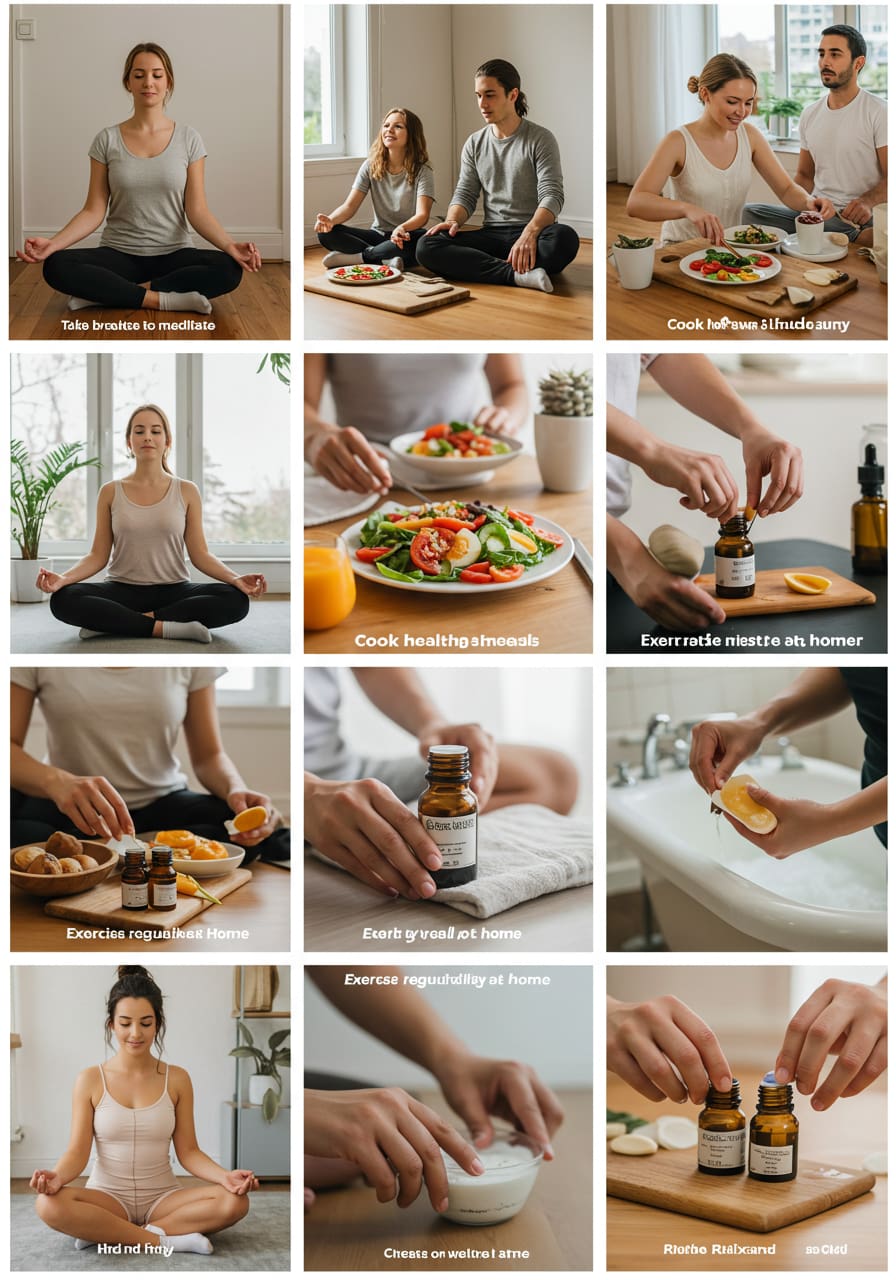
Beginner’s Guide to Mindfulness and Wellness at Home
In today’s digital and fast-moving world, finding peace can feel nearly impossible. But the good news is, mindfulness and wellness don’t require retreats, gyms, or long vacations—they begin right at home. Practicing mindfulness and nurturing your well-being from home not only reduces stress and anxiety but also improves sleep, focus, relationships, and overall happiness. Whether you’re a busy student, working from home, or simply seeking balance, this beginner’s guide will help you create a lifestyle of calm, clarity, and inner peace—starting in your living space.
What Is Mindfulness?
Mindfulness means being fully present in the moment—aware of where you are, what you’re doing, and how you feel—without judgment.
Why it matters:
-
Reduces stress and anxiety
-
Improves focus and emotional regulation
-
Enhances gratitude and appreciation
-
Encourages healthier decision-making
You don’t have to sit cross-legged for hours. Mindfulness can happen while you’re brushing your teeth, drinking tea, or simply breathing.
Create a Calm Space at Home
Designate an area for peace, stillness, or quiet activities. This space doesn’t need to be big or fancy—just intentional.
Tips to set the mood:
-
Use soft lighting or candles
-
Include a floor cushion, yoga mat, or blanket
-
Add a plant, calming colors, or inspiring quotes
-
Keep it clean and clutter-free
This space becomes your go-to spot for meditation, journaling, stretching, or simply pausing.
Start with Breath Awareness
The breath is always with you—it’s your anchor to the present moment.
Try this basic breathing exercise:
-
Sit comfortably
-
Inhale slowly through the nose for 4 seconds
-
Hold the breath for 4 seconds
-
Exhale gently through the mouth for 4 seconds
-
Repeat for 2–5 minutes
Doing this daily—even for a few minutes—can calm your nervous system and refocus your mind.
Practice Daily Mindfulness Activities
Mindfulness isn’t limited to sitting still. It can be integrated into your daily routine.
Examples of mindful living at home:
-
Mindful eating: Savor each bite, chew slowly, and eat without distractions
-
Mindful walking: Feel your feet touch the ground, notice your breath, and take in your surroundings
-
Mindful cleaning: Pay attention to textures, sounds, and motions
-
Mindful showering: Focus on water temperature, scent, and sensations
These small shifts bring clarity and joy to everyday tasks.
Try Short Meditations
You don’t need prior experience to start meditating. Begin with just 5 minutes a day.
Types of beginner-friendly meditations:
-
Body scan: Focus on each part of the body from head to toe
-
Gratitude meditation: Think of 3 things you’re grateful for
-
Loving-kindness: Send goodwill to yourself and others
-
Guided meditations: Use apps like Calm, Headspace, or Insight Timer
Start with short, regular sessions and increase time gradually.
Journal for Reflection
Journaling helps release emotions, clarify thoughts, and strengthen self-awareness.
Simple journaling prompts:
-
What am I feeling right now?
-
What brought me joy today?
-
What thoughts or habits no longer serve me?
-
What do I want to focus on tomorrow?
Even five minutes of writing can feel like therapy.
Move Mindfully
Movement connects the body and mind. You don’t need an intense workout—just awareness.
Try these gentle practices:
-
Yoga: Follow online beginner videos for 10–20 minutes
-
Stretching: Focus on breath with each movement
-
Tai Chi or Qi Gong: Slow, flowing exercises
-
Dance: Put on your favorite music and move freely
Movement with intention enhances physical and emotional well-being.
Eat for Nourishment, Not Just Fullness
Food affects your mood, energy, and concentration. A mindful approach to eating supports wellness.
Mindful eating practices:
-
Chew slowly and taste each ingredient
-
Avoid multitasking while eating
-
Choose whole foods—fruits, veggies, whole grains
-
Drink water throughout the day
-
Eat at regular times to keep energy steady
Your kitchen becomes a place of healing when food is prepared and consumed with awareness.
Limit Screen Time for Mental Clarity
Too much screen time increases stress and fogs your mind. Create space for mental rest.
Screen management tips:
-
Set screen-free zones (e.g., bedroom, dining table)
-
Avoid checking devices first thing in the morning
-
Use the “do not disturb” mode during focused activities
-
Take 5-minute breaks every hour
-
Replace endless scrolling with reading, stretching, or silence
Digital balance clears mental space for mindfulness.
Incorporate Nature Indoors
Nature calms the nervous system and boosts positivity—even in small doses.
Easy ways to bring nature home:
-
Keep indoor plants or succulents
-
Open windows for sunlight and fresh air
-
Play natural sounds (rain, birds, ocean waves)
-
Display stones, flowers, or wooden decor
-
Spend a few minutes outside daily if possible
Nature helps you slow down, reflect, and ground yourself.
Practice Gratitude Daily
Gratitude shifts your mindset from lack to abundance. Practicing it regularly increases happiness.
Simple gratitude practices:
-
Write down 3 things you’re thankful for each morning
-
Say “thank you” out loud when something good happens
-
Keep a gratitude jar and fill it weekly
-
Reflect on one positive moment before bed
Gratitude keeps you present and content—even during tough times.
Set Wellness Intentions
Intentions guide your choices with purpose. Unlike rigid goals, they’re flexible and heart-centered.
Examples of wellness intentions:
-
“I intend to be kind to myself today.”
-
“I choose calm over chaos.”
-
“I will take breaks when I feel overwhelmed.”
-
“I want to nourish my body with good food.”
Repeat your intention each morning to stay aligned with your values.
Make Time for Rest and Silence
Stillness is powerful. It helps your mind and body reset.
Ideas for intentional rest:
-
Lie down with your eyes closed for 10 minutes
-
Take a power nap (15–20 minutes)
-
Sit in silence and observe your breath
-
Listen to soft music while doing nothing
-
Turn off devices and enjoy peaceful moments
Silence helps you reconnect with yourself.
Connect With Yourself and Others
Connection is part of wellness. When you connect deeply—with yourself and with loved ones—you feel more supported and balanced.
Connection ideas:
-
Check in with your feelings at the end of the day
-
Call or message someone you care about
-
Practice active listening without judgment
-
Give yourself affirmations: “I am enough.” “I am growing.”
Connection nourishes your spirit.
Conclusion
You don’t need a perfect routine or expensive tools to practice mindfulness and wellness at home. Start small—with your breath, a quiet corner, or a short walk. These tiny, intentional steps build a life of clarity, calm, and well-being over time. The key is to stay consistent, listen to your body and mind, and create a space where healing and peace naturally grow.
FAQs
How long should I practice mindfulness each day?
Start with 5–10 minutes and increase as you feel comfortable. Consistency matters more than duration.
Do I need special tools or apps?
No. Your breath, body, and space are enough. Apps like Calm or Headspace can help, but they’re optional.
Can mindfulness help with anxiety?
Yes. Regular mindfulness practices can reduce anxiety, calm the nervous system, and improve emotional regulation.
What’s the easiest way to start wellness at home?
Begin with one simple habit—like mindful breathing or journaling—and build from there.
How soon will I notice results?
Some benefits, like calmness and awareness, can appear within days. Long-term improvements in focus and well-being come with regular practice.
Let me know if you’d like a printable checklist or planner version of this guide.
Sign up with your email and always get notifed of zerodevicesnet Lifestyles latest news!






